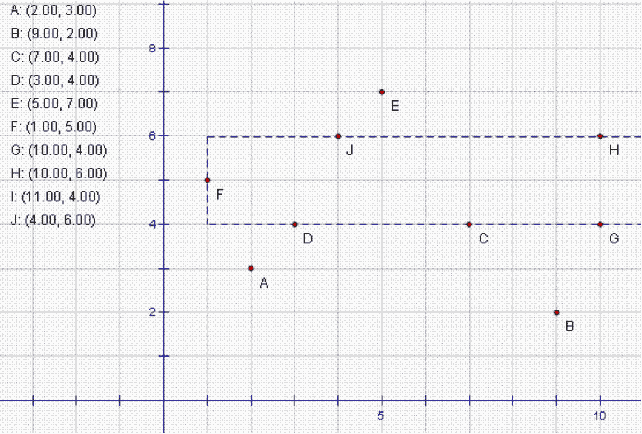 |
| ||||
Home Page
F.A.Qs
Statistical Charts
Past Contests
Scheduled Contests
Award Contest
| ||||||||||
| Online Judge | Problem Set | Authors | Online Contests | User | ||||||
|---|---|---|---|---|---|---|---|---|---|---|
| Web Board Home Page F.A.Qs Statistical Charts | Current Contest Past Contests Scheduled Contests Award Contest | |||||||||
|
Language: Distant Galaxy
Description You are observing a distant galaxy using a telescope above the Astronomy Tower, and you think that a rectangle drawn in that galaxy whose edges are parallel to coordinate axes and contain maximum star systems on its edges has a great deal to do with the mysteries of universe. However you do not have the laptop with you, thus you have written the coordinates of all star systems down on a piece of paper and decide to work out the result later. Can you finish this task?  Input There are multiple test cases in the input file. Each test case starts with one integer N, (1 ≤ N ≤ 100), the number of star systems on the telescope. N lines follow, each line consists of two integers: the X and Y coordinates of the Kth planet system. The absolute value of any coordinate is no more than 109, and you can assume that the planets are arbitrarily distributed in the universe. N = 0 indicates the end of input file and should not be processed by your program. Output For each test case, output the maximum value you have found on a single line in the format as indicated in the sample output. Sample Input 10 2 3 9 2 7 4 3 4 5 7 1 5 10 4 10 6 11 4 4 6 0 Sample Output Case 1: 7 Source |
[Submit] [Go Back] [Status] [Discuss]
All Rights Reserved 2003-2013 Ying Fuchen,Xu Pengcheng,Xie Di
Any problem, Please Contact Administrator